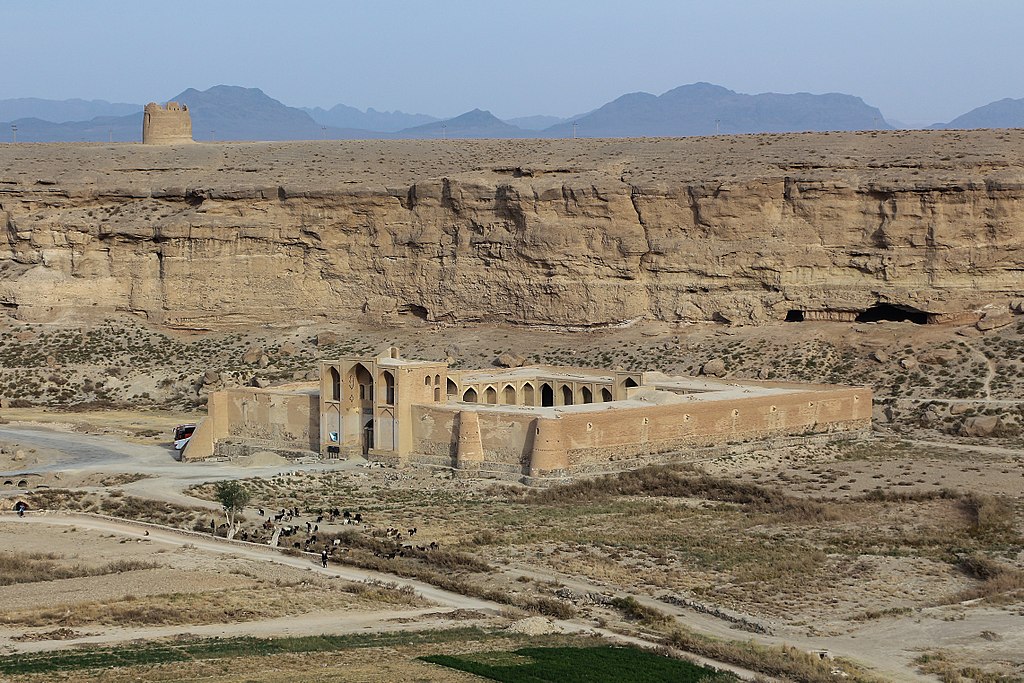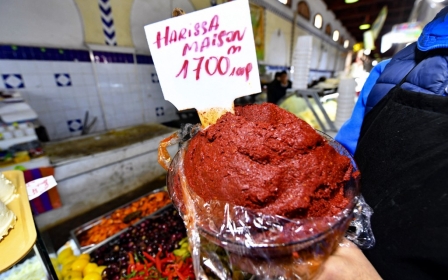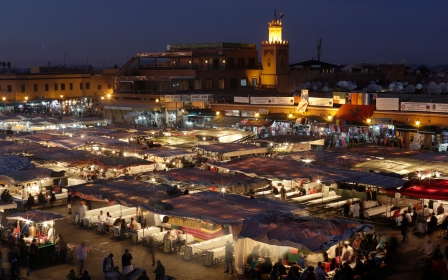What are the six Mena sites now added to Unesco's world heritage list?
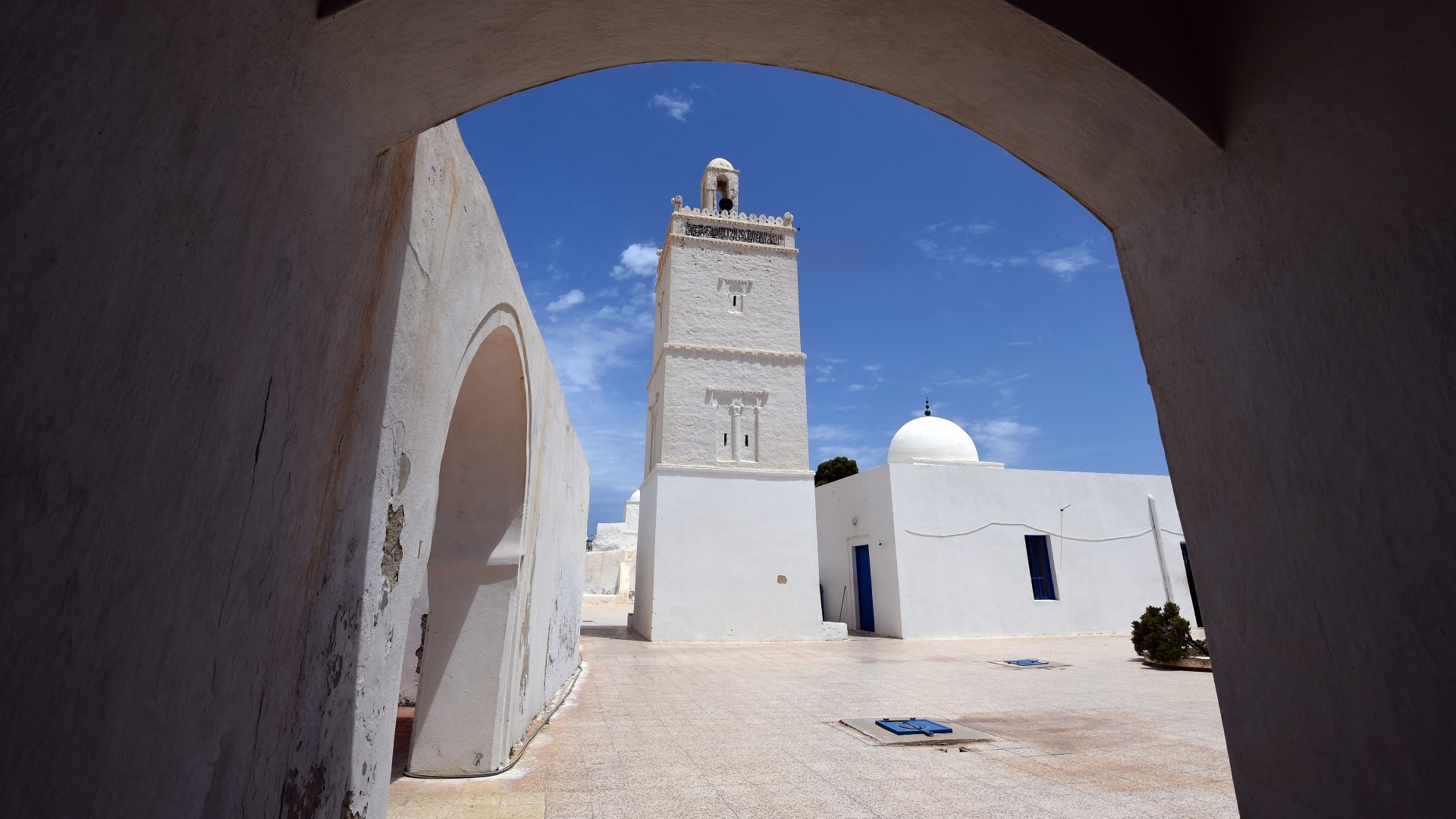
The Unesco's World Heritage Committee, held in Riyadh, Saudi Arabia, added in September six sites from the Middle East and North Africa to the World Heritage list.
The Middle East, a region well known for its cultural and historical significance, has close to a hundred sites with Unesco World Heritage status.
The UN World Heritage Committee seeks to identify, protect, and preserve cultural and natural heritage around the world that is considered to be of outstanding value to humanity.
Being on the list gives sites legal protection in the form of an international convention that helps to ensure conservation by local and government authorities.
Below is an overview of the six newly listed sites.
New MEE newsletter: Jerusalem Dispatch
Sign up to get the latest insights and analysis on Israel-Palestine, alongside Turkey Unpacked and other MEE newsletters
Palestine: Jericho's ancient city Tell al-Sultan
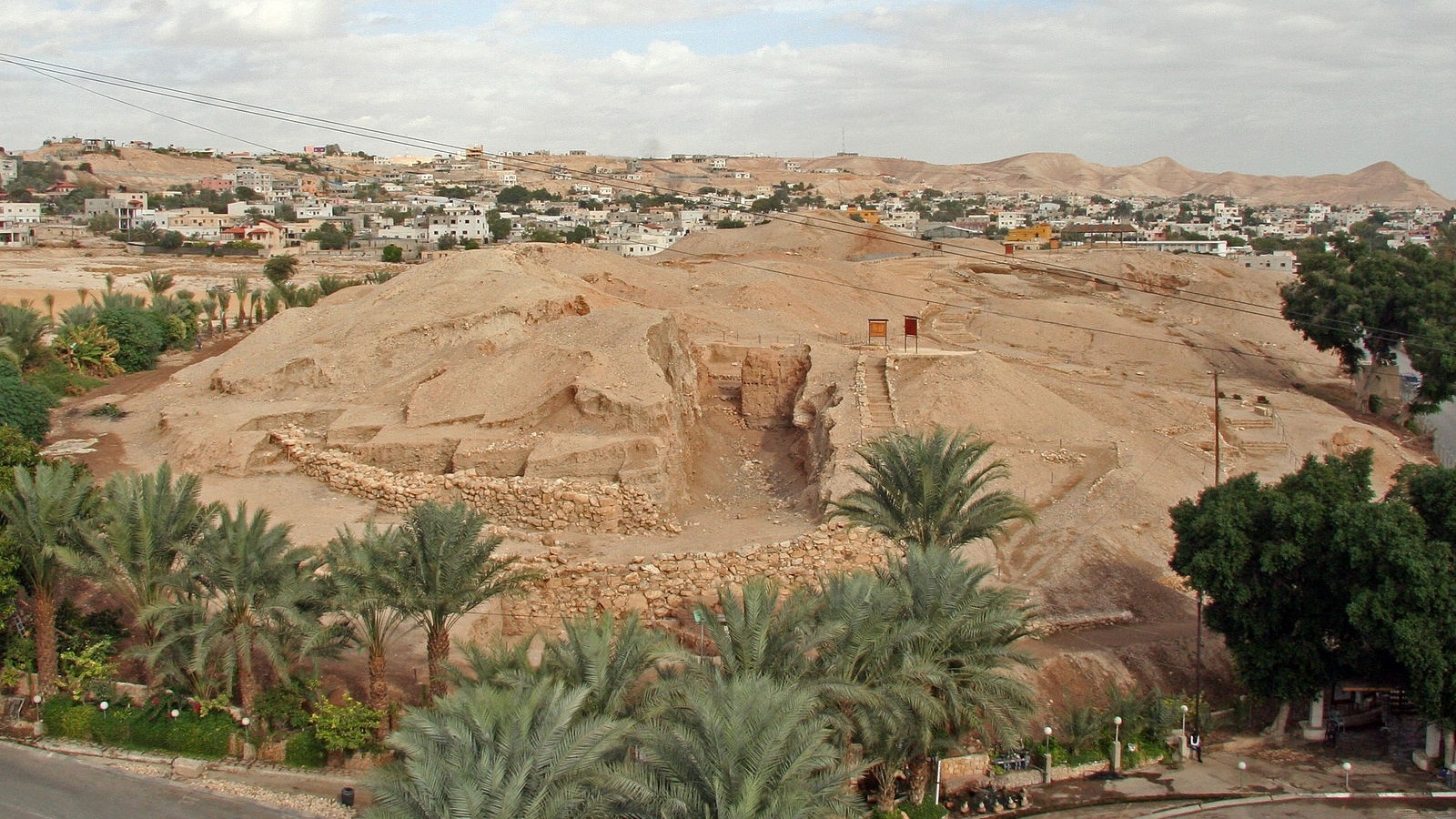
Declared by the UN as "the oldest fortified city in the world", the prehistoric Tell al-Sultan site, located near the Palestinian city of Jericho, dates back to 10,000 BCE.
An oval mound in the Jordan Valley, the site features a Neolithic-era tower with an internal stairway that is dated at least 8,000 BCE as well as early Bronze Age archaeological materials.
The site is believed to predate the pyramids of Egypt.
Iyad Hamdan, director general of Jericho's Ministry of Tourism and Antiquities said that the decision to add the site to the world heritage list “strengthens Palestinian identity and international recognition”.
Tell al-Sultan is Palestine's fourth world heritage site. The Church of Nativity, Jesus' birthplace, the pilgrimage route in Bethlehem, the old town of Hebron, and the village of Battir south of Jerusalem, are already on the list.
Tunisia: The island of Djerba

Desert landscapes, beaches, and fields cultivated with palm and olive trees, as well as ruins from the ancient Carthaginian and Roman empires, make up the landscape of Tunisia's southern tourist island Djerba.
Located on the Gulf of Gabes on the Mediterranean Sea, Djerba is the largest island in North Africa.
Its cultural and architectural heritage status reflects its religious diversity: ancient mosques, churches, and synagogues all stand side by side, symbolising religious coexistence.
Every year, thousands of Jewish visitors stop by the 2,400-year-old El Ghriba synagogue.
Djerba also served as the backdrop for certain scenes on the planet Tatooine in the Star Wars saga and is regarded as the mythological island where Ulysses and his navigators encounter the Lotophages (lotus eaters) in Homer's Odyssey.
The island is Tunisia's 9th Unesco heritage site.
Turkey: The Ancient City of Gordion
Turkey's ancient city of Gordion is located around 90 kilometers southwest of Ankara and was the capital of the Phrygian civilization, who inhabited central-western Anatolia (modern-day Turkey) in antiquity.
The city is made up of three main components, the Gordion Museum, the Tomb of King Midas, which houses the oldest standing wooden structure on the planet, and the ancient city of Gordion.
It is considered to lie at the intersection of the great Greek and Roman empires to the west and the Assyrian, Babylonian, and Hittite empires to the east.
“The Phrygian kingdom was ruled by King Midas, whose wealth was expressed by the stories of his Golden Touch, and long after the demise of his kingdom, the Phrygian citadel became closely associated with the triumphs of Alexander the Great in the late fourth century B.C.,” the Turkish culture and tourism minister announced.
Saudi Arabia: the Uruq Bani Ma’arid Reserve
Listed as the kingdom's first Unesco heritage site, the Uruq Bani Ma’arid Reserve is a wind-blown, sandy desert hosting many of plant and animal species.
It occupies an area of over 12,750 km2, is the only major sand desert in tropical Asia, and showcases Saudi Arabia's environmental and biological evolution.
Situated along the western edge of Ar-Rub al-Khali - the "Empty Quarter" - the reserve is home to 120 indigenous plant species, as well as endangered animals such as the Arabian sand gazelle and the only free-ranging herd of Arabian oryx in the world.
Turkey: The Medieval Mosques of Anatolia
Five wooden medieval hypostyle Mosques in Turkey have also been added to the list.
Located in the Anatolian cities of Konya, Eskişehir, Afyonkarahisar, Kastamonu, and Ankara, the mosques were built between the late 13th and mid-14th centuries.
Hypostyle buildings feature a distinctive structural design made up of an outer masonry envelope and multiple rows of wooden interior columns that support a flat wooden ceiling and the roof, UNESCO declared on its website.
The mosques bring Turkey's listings by UNESCO to a total of 21.
Iran: The Persian caravanserai
Caravanserais were roadside inns for pilgrims and travellers that provided shelter, food, and water.
The word "caravanserai" finds its roots in the Persian words "karvan," meaning caravan, and "saray," meaning palace or dwelling.
In total, 54 caravanserais along Iran's ancient Silk Road trade network have gained UNESCO World Heritage status by offering a significant example of Persian and Islamic architecture and brick decorations, as well as a glimpse of Persian and Islamic culture at the time.
The Persian caravanserais specifically highlight the importance of travel and commerce in the region's history and its role in fostering trade and global exchange.
This article is available in French on Middle East Eye French edition.
Middle East Eye delivers independent and unrivalled coverage and analysis of the Middle East, North Africa and beyond. To learn more about republishing this content and the associated fees, please fill out this form. More about MEE can be found here.





